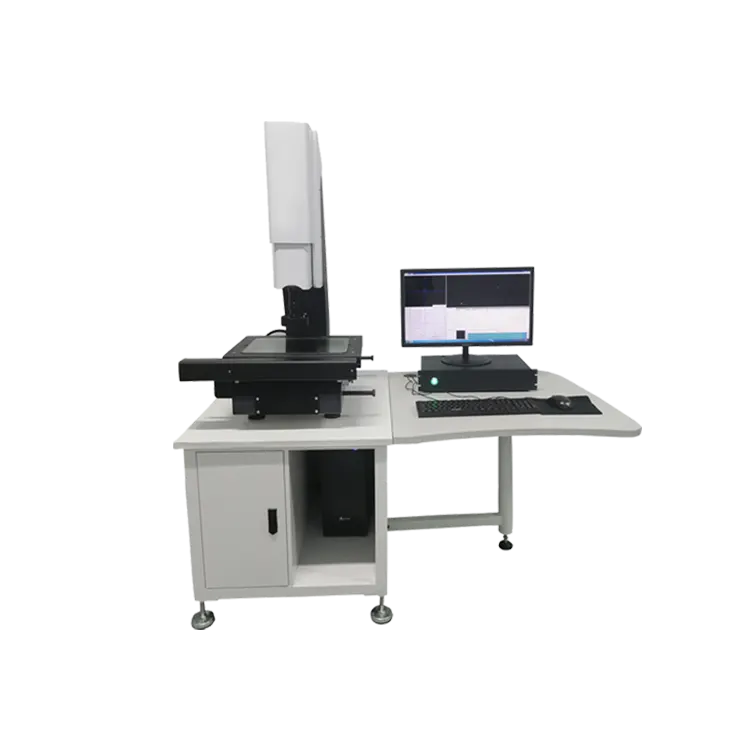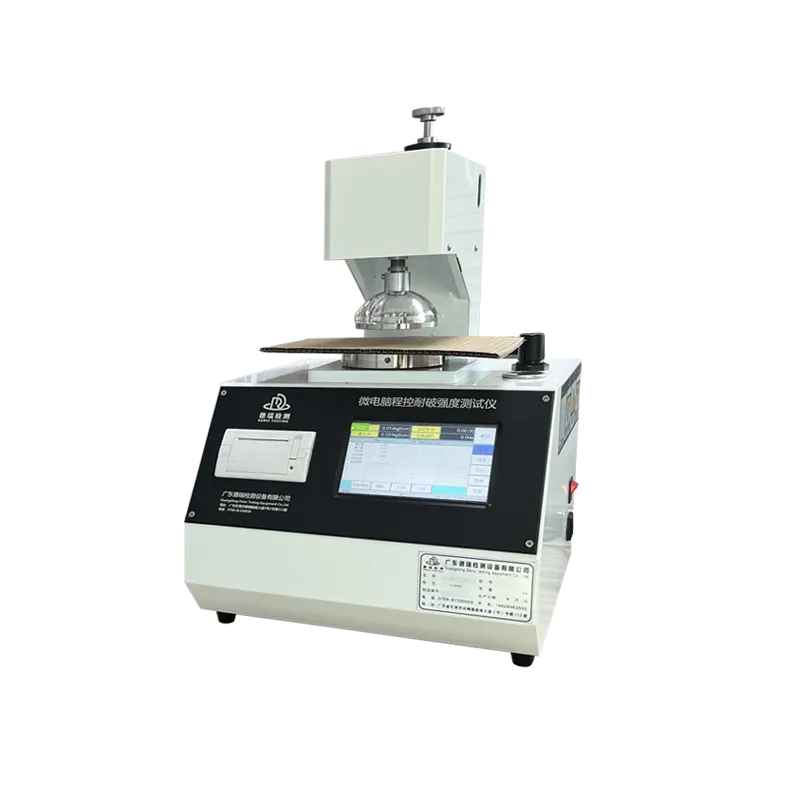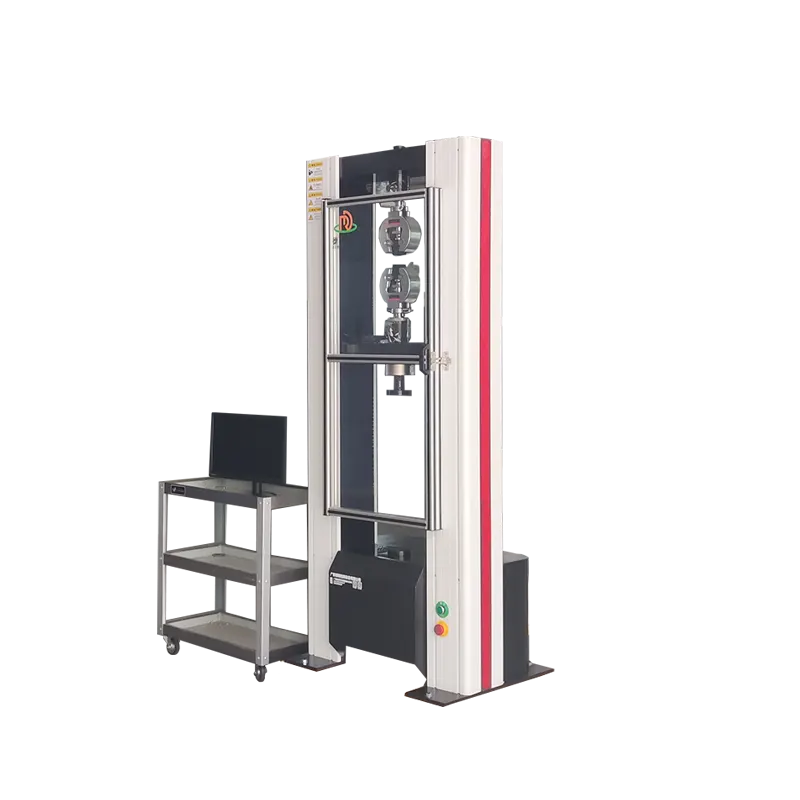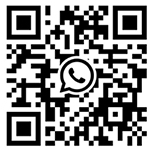The Textile Elmendorf Tearing Tester is designed for accuracy and ease of use in evaluating the tearing strength of textiles. With advanced technology, this tester allows for seamless operation, ensuring that fabric testing is both efficient and reliable. Its ergonomic design provides user-friendly interaction, making it suitable for various testing environments. Explore the essential features that make this tester an industry favorite for fabric strength evaluation.
Test Principle
The pendulum is lifted to a certain height to acquire potential energy. When the pendulum is freely released, it uses its stored energy to tear the sample. The computer control system calculates the energy consumed during the tearing of the sample, thereby obtaining the force required to tear the sample.
Application fields
Film: It is suitable for the pendulum impact resistance performance test of plastic films, thin sheets, and composite films. Such as PE/PP composite films, aluminum-coated films, aluminum-plastic composite films, nylon films, etc. used in food and drug packaging bags.
Product Features
1、Complies with national standards and is compatible with ISO and ASTM standards.
2、Computer control, Windows operation, and professional regulation software support.
3、High-speed data acquisition is accurate and reliable.
4、Pneumatic sample clamping and pendulum release.
5、Rapid selection of tear strength range.
6、The capacity of multiple sets of pendulums can be freely selected.
7、Computer level adjustment assistance system.
8、Computerized management of test data, support for multiple units.
9、The experimental data are stored in an open format and are easy to convert.
10、Simple operation, ready to measure immediately.
Standards:
Textile:ASTM D1424,DIN 53862,EN ISO 13937-1,ISO 4674-2,ISO 9290,M&S P29,NEXT 17
Plastics:ASTM D1922,ISO 6383-2,JIS K 7128-2,NF T54 141
Nonwovens: ASTM D5734,WSP 100.1
Paper:APPITA P 400,ASTM D 689,BS 4468,CSA D9,DIN 53128,EN 21974,ISO 1974
Core Structural Components
- Pendulum System:
- High-precision pendulum (typically made of stainless steel) with adjustable initial lifting angles (e.g., 90°, 180°, etc.) to accommodate materials of varying thickness and strength.
- The pendulum shaft is equipped with low-friction bearings to minimize energy loss during operation.
- Specimen Gripping Fixtures:
- Symmetrically designed upper and lower clamps to ensure the pre-cut slit aligns perpendicularly with the pendulum’s force direction, preventing skewing and testing errors.
- Adjustable clamping force to prevent specimen slippage while avoiding excessive compression deformation.
- Measurement System:
- Dial gauge or digital sensor: Directly displays the tearing energy value (traditional models use a dial gauge, while modern models often feature electronic sensors with a digital display).
- Angle sensor (in some high-end models): Measures the pendulum’s stopping angle to calculate residual energy, improving precision.
- Frame and Base:
- Cast iron or high-strength steel structure for stability, minimizing vibrations during testing.
- Leveling adjustment device (e.g., spirit level + adjustable feet) to ensure the pendulum’s vertical motion trajectory.
Test Procedure (Standard Method Example)
- Specimen Preparation:
- Cut specimens to the specified dimensions (typically 5–10 pieces, covering different material areas such as warp and weft directions).
- Create a pre-cut slit perpendicular to the force direction at a fixed distance from the edge (e.g., 25 mm).
- Instrument Calibration:
- Ensure the pendulum is reset to zero and adjust the spirit level to guarantee the frame is level.
- Select the appropriate pendulum mass/length setting based on the material’s strength (e.g., lightweight fabrics use a smaller pendulum, while heavy fabrics like canvas require a larger one).
- Specimen Clamping:
- Place the specimen flat between the upper and lower clamps, ensuring the slit aligns with the pendulum’s force direction. Apply moderate clamping force (avoid slippage or deformation).
- Pendulum Release:
- Lift the pendulum to the preset angle (e.g., 180°) and release it to initiate tearing. Observe the pendulum’s motion as it tears the specimen and swings to a stop.
- Data Reading:
- Record the value directly from the dial gauge (unit: g·cm) or the digital display (unit: N or J).
- Calculate the average tearing strength from multiple specimens for the final result.


















